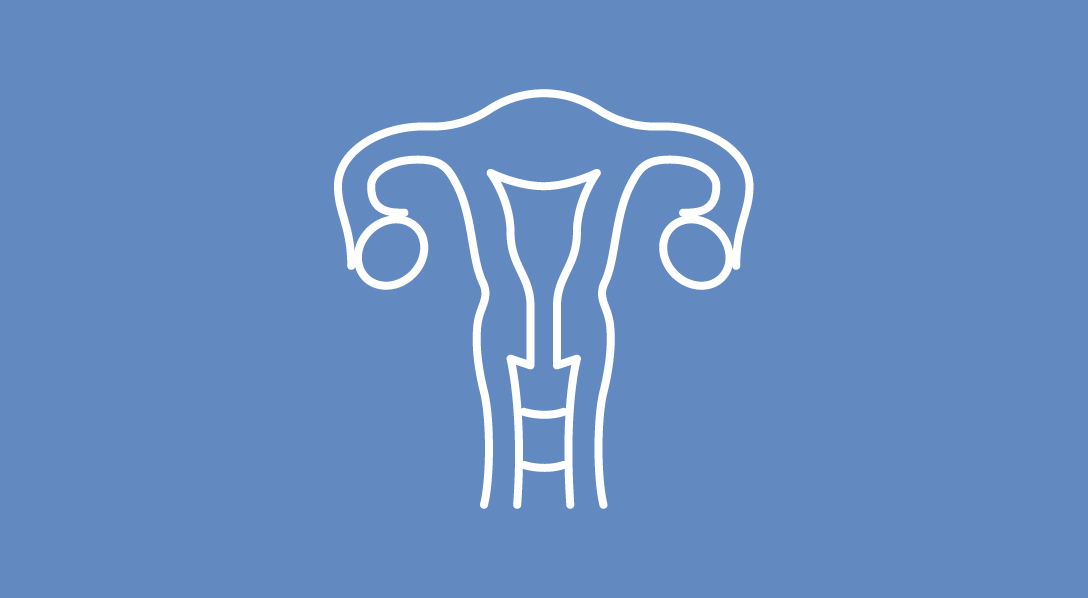WHO Updates Cervical Cancer Prevention Guidelines
The World Health Organization updated their guidelines to include CINtec PLUS Cytology for gynecologic cancer prevention.
The World Health Organization (WHO) updated its guidelines for cervical cancer prevention to include the dual-stain cytology test, CINtec PLUS Cytology.

The World Health Organization (WHO) updated its guidelines for cervical cancer prevention to include the dual-stain cytology test, CINtec PLUS Cytology.1
CINtec PLUS Cytology previously received FDA approval and was CE marked as a test to help identify human papillomavirus (HPV)–positive individuals who are most at risk of developing cervical precancer and cancer.
In March 2024, the American Society for Colposcopy and Cervical Pathology also included CINtec PLUS Cytology as a triage test for HPV-positive individuals in the organization’s updated cervical cancer screening guidelines. For patients who have a positive dual-stain test, the guidelines recommend immediate colposcopy. Those with a negative test could undergo retesting at a later point to determine if the infection and risk of precancer or cancer has been eliminated, which could lead to lower rates of unnecessary colposcopies.
“Adding dual-stain cytology to the WHO guidelines further reinforces the value of our biomarker-based CINtec PLUS Cytology test to identify patients with an elevated risk of cervical cancer,” Matt Sause, chief executive officer of Roche Diagnostics, stated in a news release. “HPV infections can cause cervical cancer, a potentially deadly disease that is highly preventable. Consequently, it is critical to determine who is most at risk.”
CINtec PLUS Cytology is designed to detect the presence of both p16 and KI-67 in a cell; these biomarkers are strong indicators that a cell is undergoing transformation and could turn cancerous. Identifying patients at higher risk of developing cervical cancer via the dual-stain test could allow for proper management. CINtec PLUS Cytology can be conducted with a liquid sample used for testing for HPV or Pap cytology.
The dual-stain test—along with Roche’s cervical cancer portfolio—was evaluated in the IMPACT trial, which was a prospective, multicenter, cervical cancer screening study conducted in the United States. Investigators enrolled 35,263 women between 25 and 65 years of age undergoing routine cervical cancer screening, and these patients received liquid-based cytology and 2 PCR-based tests for high-risk HPV. Cervical biopsy and colposcopy were then performed on women with abnormal Pap cytology, those positive for high-risk HPV per either of the PCR-based tests, and a random subset of women with negative Pap cytology and HPV tests.2
The study excluded women who were pregnant; those who did not have an intact uterus; and those not willing to undergo a colposcopy or biopsy, if necessary. Treatment for cervical intraepithelial neoplasia (CIN) in the 12 months prior to the study, or enrollment/planned enrollment in another cervical cancer screening study, an HPV treatment study, or an HPV vaccine study were key exclusion criteria.
In total, 34,914 enrolled patients met the study’s eligibility criteria, and 34,807 were evaluable following valid Pap cytology and 6800/8800 HPV test results.
Findings showed that the prevalence of atypical squamous cells of undetermined significance was 6.5%, and the rate of worse-than-atypical squamous cells of undetermined significance was 3.2%. High-risk HPV, HPV16, and HPV18 were reported at rates of 15.1%, 3.1%, and 1.4%, respectively.
In women who underwent colposcopy and biopsy, grade 2 or higher CIN was reported in 8.8% of participants, and grade 3 or higher CIN occurred in 3.6% of enrolled women. In women who tested positive for HPV16, the baseline and 1-year cumulative risks for grade 3 or higher CIN were 13.6% and 16.9%, respectively. Notably, women who tested negative for HPV has a 1-year cumulative risk of grade 3 or higher CIN of 0.06%.
Roche noted that IMPACT included a diverse patient population, including 21% who were Black, 24% who were Hispanic-Latino, and 0.3% who were American Indian or native Alaskans.1
References
WHO endorses dual-stain cytology (CINtec PLUS) testing in its cervical cancer prevention guidelines, advancing patient care and underlining Roche’s role in pioneering cervical cancer solutions. News release. Roche. September 23, 2024. Accessed September 23, 2024. https://www.roche.com/media/releases/med-cor-2024-09-23
Safaeian M, Wright TC Jr, Stoler MH, et al. The IMproving Primary Screening And Colposcopy Triage trial: human papillomavirus, cervical cytology, and histopathologic results from the baseline and 1-year follow-up phase. Am J Obstet Gynecol. 2021;225(3):278.e1-278.e16. doi:10.1016/j.ajog.2021.03.047


